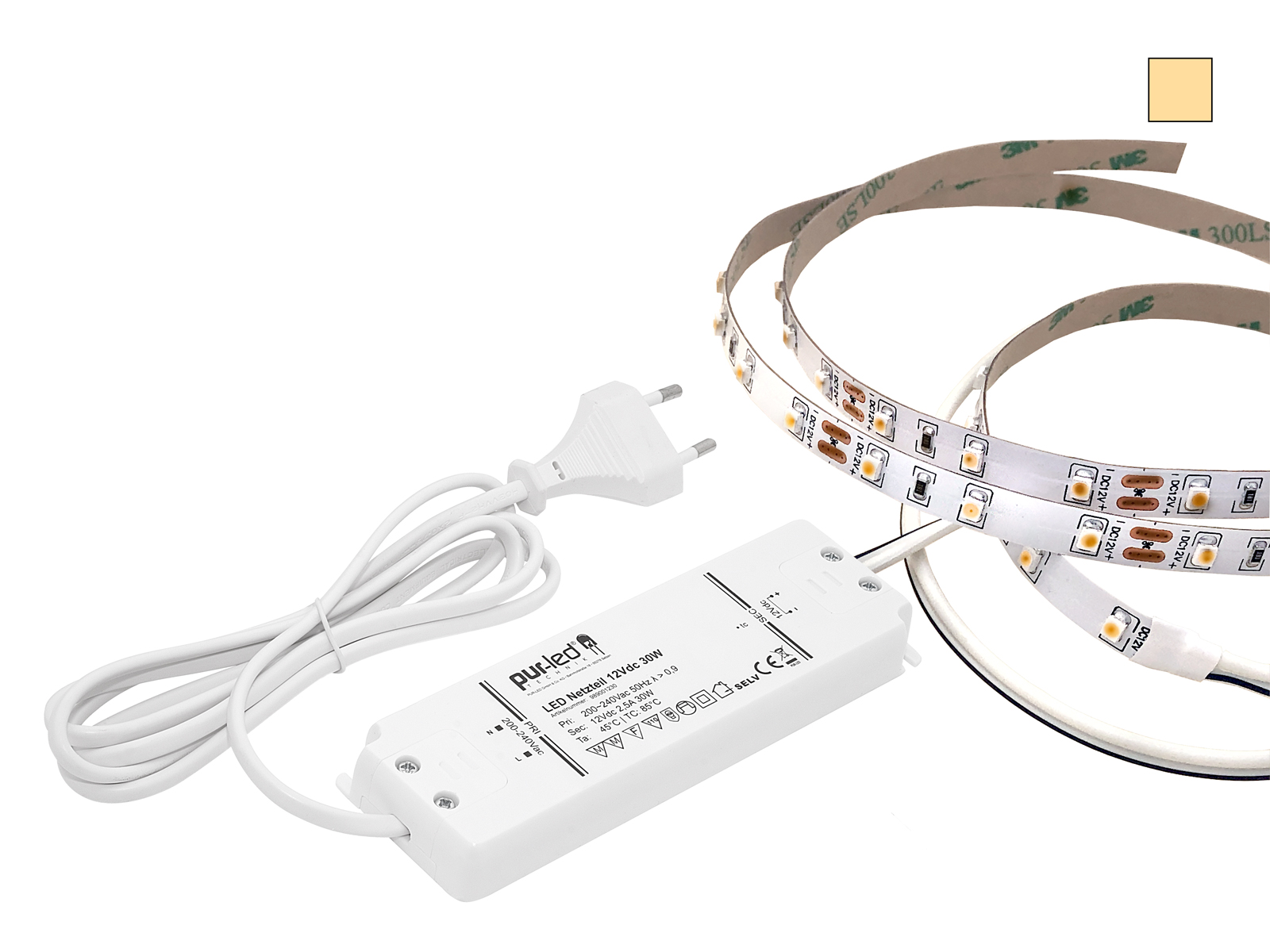indoor led lighting

Indoor LED lighting refers to using LED (Light Emitting Diode) expertise for illuminating the interior spaces of homes, places of work, commercial buildings, and numerous indoor environments. LED lighting has gained widespread popularity for indoor applications because of its vitality effectivity, longevity, versatility, and high quality of sunshine. Here are some key issues and advantages of indoor LED lighting:
Benefits of Indoor LED Lighting:
Energy Efficiency:
LED lights are highly energy-efficient, consuming significantly less electrical energy compared to traditional incandescent and fluorescent lights. This results in lower vitality payments and lowered environmental influence.
Longevity:
LED lights have an exceptionally long lifespan, usually lasting 25,000 to 50,000 hours or more. This reduces the necessity for frequent replacements, saving both money and time.

Instant Lighting:
LEDs provide instant illumination when turned on, with no warm-up time required. They reach full brightness instantly, making them appropriate for functions the place immediate lighting is needed.
Cool Operation:
LEDs emit very little heat in comparability with incandescent and halogen bulbs. This makes them safer to use, particularly in enclosed fixtures, and reduces the load on air conditioning methods.
Dimmability:
Many LED fixtures and bulbs are dimmable, permitting users to regulate the brightness to create the desired ambiance and save extra power when full brightness just isn't needed.
Color Temperature Options:
LEDs can be found in various colour temperatures, from warm white (providing a comfortable, yellowish light) to cool white (offering a brilliant, bluish-white light). This versatility permits users to pick lighting that suits their preferences and wishes.
Color Rendering Index (CRI):
LEDs can achieve excessive CRI values, which implies they accurately render colours in comparison to natural daylight. This is necessary for applications the place colour accuracy is essential, similar to in artwork galleries, retail settings, and make-up areas.
Low UV Emissions:
LEDs emit minimal ultraviolet (UV) and infrared (IR) radiation, lowering the danger of harm to sensitive supplies, materials, and artwork.
Versatility:
LEDs come in quite so much of fixtures, including recessed downlights, track lights, pendant lights, strip lights, and more. This permits for flexibility in designing and customizing indoor lighting schemes.
Smart Lighting Integration:
Many indoor LED lighting methods could be integrated into sensible house or constructing automation methods. Check over here allows remote management, scheduling, and customization of lighting to satisfy particular needs and preferences.
Task Lighting and Accent Lighting:
LEDs are good for process lighting in kitchens, offices, and workspaces, providing centered illumination. They are also used for accent lighting to highlight architectural features, paintings, or decorative parts.
Environmental Benefits:
LED lighting contributes to power conservation and decreased greenhouse gas emissions because of its low vitality consumption and lengthy lifespan. It also incorporates no hazardous materials like mercury, which is present in some other forms of lighting.
Indoor LED lighting has revolutionized interior lighting design, offering energy-efficient and versatile solutions for a extensive range of residential and business applications. When selecting indoor LED lighting, contemplate components such because the supposed objective, desired ambiance, color temperature, and CRI to create a well-lit and cozy indoor environment..
